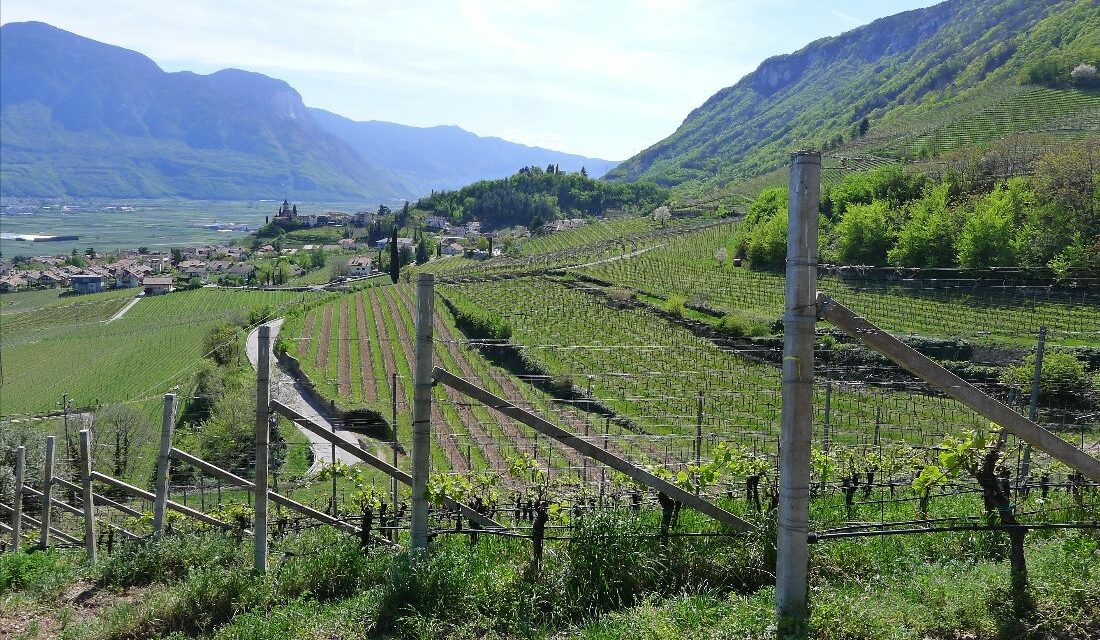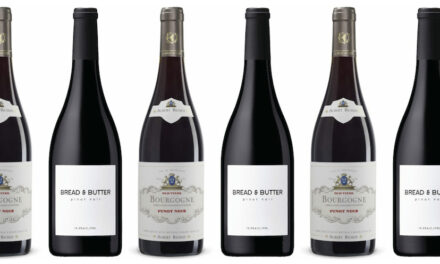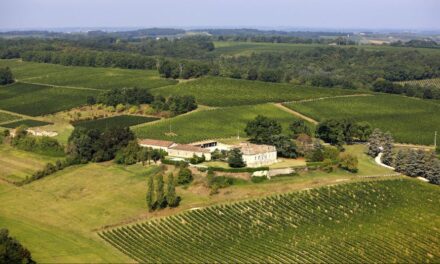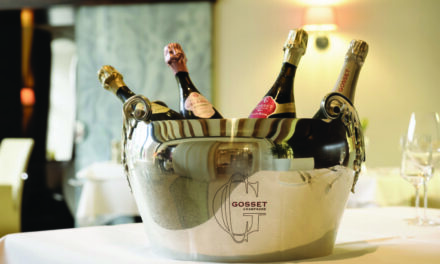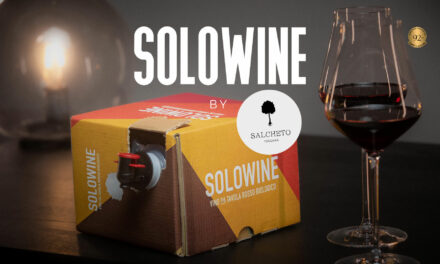Based on the response we received from last weeks “going, going, gone” offer of French wonders, we’re back this week to make you aware of a few Italian gems that are almost out of stock (che orribile!). Now is your chance to grab some of these delicious wines to enjoy with your Fall dinners!
2020 J. Hofstätter Lagrein
Superb balance between notes of spice, black fruits and floral notes of violets. Very harmonious on the palate, with assertive but supple tannins that are full, broad, and velvety. The texture is round and the finish displays subtle spice enlivened by palate-lifting freshness.
Retail $36.95 / btl [6 btl/cs]
2021 Mosole Ribolla Gialla
On the nose, floral notes of apple and lemon leaves, orange, lime, passion fruit, pineapple. Vibrant acidity and fruity reminiscences with a mouthwatering salinity. Harmonious and delicate.
Retail $29.95 / btl [6 btl/cs]
2020 Mosole Refosco dal Peduncolo
Damson plum, mocha latte, bruised cherry. Boysenberry reduction, sweet tobacco, poppyseed muffin. Red clay bricks and barnyard, cinnamon and wood smoke. Blueberry hot chocolate made with milk; exhibiting just a touch of rusticity. Extraordinarily balanced and lean.
Retail $26.95 / btl [6 btl/cs]
2019 Noelia Ricci ‘Godenza’
Complex bouquet of red berries, wild herbs, and spice. The palate brings firmness and clarity with a wonderful balance between acidity and ripeness.
Retail $44.95 / btl [6 btl/cs]
2017 Castello Potentino ‘Sacromonte’ Sangiovese
Delicately floral, lightly spiced, elegant and ethereal bouquet. On the palate the wine is dry, medium bodied, with well-balanced acidity. Harmonious, elegant, with well integrated tannins and a long finish.
Retail $34.95 / btl [6 btl/cs]
2010 Castello Potentino ‘Sacromonte Winemaker’s Reserve’ Sangiovese
This wine rests in bottle in the Potentino Cellars until Charlotte, the Winemaker, decides it has reached the perfect phase of evolution and is ready to provide peak drinking pleasure. The wine is a celebration of the mysterious processes that occur within the bottle after the barrel.
Retail $49.95 / btl [6 btl/cs]
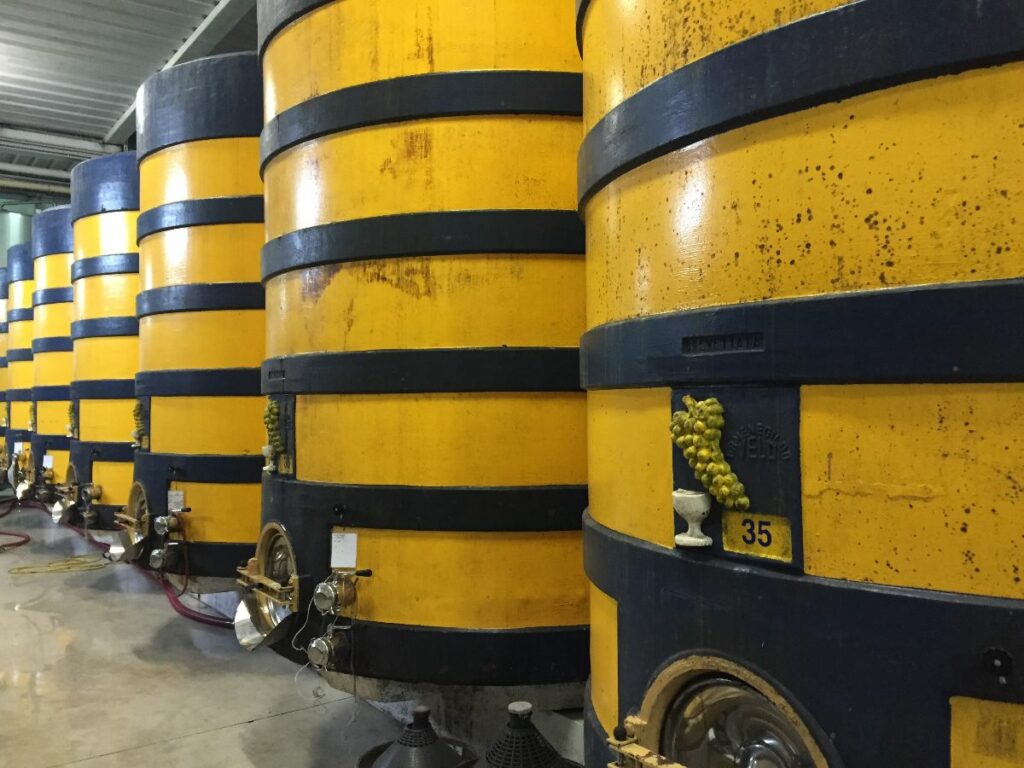
About the Wineries
J. Hofstätter
Joseph Hofstätter established this winery in 1907, in what was then Austria. Today, the Alto Adige (aka Südtirol) is Italian territory, albeit with a distinctly German accent. Both languages are used, and towns and villages have dual names. The village of Termeno (Tramin in German – an indication that this is an historic home of Gewurztraminer) lies in the warm southern part of the region, where figs, lemons and olives thrive.
Read More
Mosole
Mosole presents a masterclass on typicity and varietally correct wines. Located in the Lison-Pramaggiore DOC, this is a unique region in that it comprises a significant proportion of the eastern Veneto – but straddles Friuli, too – and whose wine production predates Roman times. The estate is on the Venetian side of the region, just a stone’s throw west of the border with Friuli, located about 40 minutes northeast of Venice. Honouring the history of this territory, each Mosole wine features a local landmark from Venice and the surrounding area.
Read More
Noelia Ricci
As much a project as an estate, the story begins in 1941 when Noelia Ricci’s father purchased the historic estate of 140 hectares near Predappio in the eastern part of Romagna (not far from Rimini). The history of the estate dates back to the 13th century, but it wasn’t until the 1970s that the current vineyards and beautiful winery were established.
Read More
Castello Potentino
After 10 years of success in the region of Maremma, the Greene family (of author Graham Greene fame) purchased the 11th century Castello di Potentino, located at the foot of Tuscany’s highest peak, Monte Amiata, 30 km from Montalcino, where they painstakingly restored the castle, planted vineyards and tend 100-year-old olive trees. In 2009, Potentino withdrew from the local Montecucco DOC, which siblings Charlotte Horton & Alexander Greene believe serves the purposes of commercial producers rather than artisans. Charlotte’s wines are intended to “stimulate the intelligence of the palate”.
Read More

